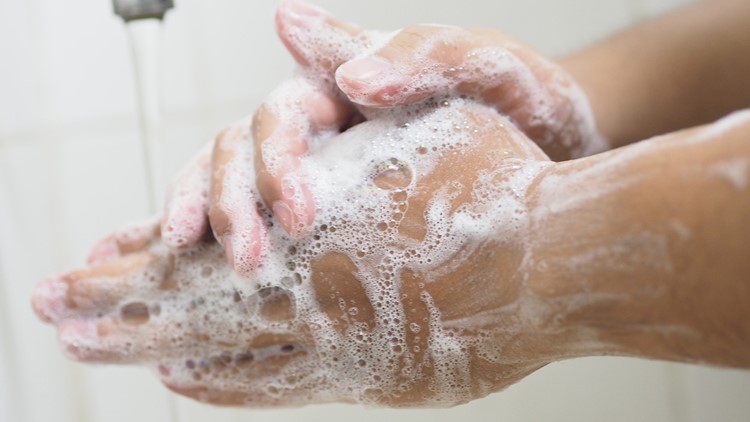Stagnant water is not a new thing, but scientists and health authorities have released guidelines for dealing with it and its related health risks during the COVID-19 pandemic.
THE QUESTION
Do you need to worry about water in the pipes in reopening buildings?
THE ANSWER
Yes, but there are very simple and low-cost maintenance steps anyone can perform, whether you’re a business owner or not.
WHAT WE FOUND
The Centers for Disease Control and Prevention website mentions the importance of controlling dampness and indoor mold growth as agents of health risk.
They also clarify that stagnant water in a plumbing system can increase the risk “of growth and spread of Legionella and other biofilm-associated bacteria.
“Stagnant water can also lead to low or undetectable levels of disinfectant, such as chlorine. Ensure that your water system is safe to use after a prolonged shutdown to minimize the risk of Legionnaires’ disease and other diseases associated with water,” the CDC website explains.
WHAT IS LEGIONNAIRES' DISEASE?
According to the CDC, Legionnaires disease is caused by a bacteria called Legionella, which is found in lakes and streams. It can become a health issue when it grows and spreads in human-made building water systems like bathrooms and plumbing systems.
“After Legionella grows and multiplies, water containing Legionella then has to spread in droplets small enough for people to breathe in. People can get Legionnaires’ disease or Pontiac fever when they breathe in small droplets of water in the air that contain the bacteria,” the CDC says.
Legionnaires disease is a lung infection that can develop into pneumonia with a range of symptoms like cough, shortness of breath, fever, muscle aches and headaches. In other cases, it can also manifest diarrhea, nausea and confusion, according to the CDC.
A spokesperson from the Environmental Protection Agency explained to us that “optimal growth conditions for undesirable pathogens, such as Legionella bacteria, can occur when hot water temperatures decrease and disinfectant residuals like chlorine drop to low levels.
“EPA recommends that building owners and managers take proactive steps to protect public health by minimizing water stagnation during closures and taking action to address building water quality prior to reopening.” She said.
For more information, see EPA’s information on maintaining or restoring water quality in buildings with low or no use and CDC's 8 steps to minimize Legionella risk before your business or building reopens.
Some of the CDC's steps include, but are not limited to:
- Flushing the water system with hot and cold water through all points of use.
- Discard old ice from ice-making machines
- Cleaning all decorative water features, such as fountains
- Ensuring hot tubs and spas are disinfected
- Clean fire sprinkler systems, eye wash stations and safety showers



